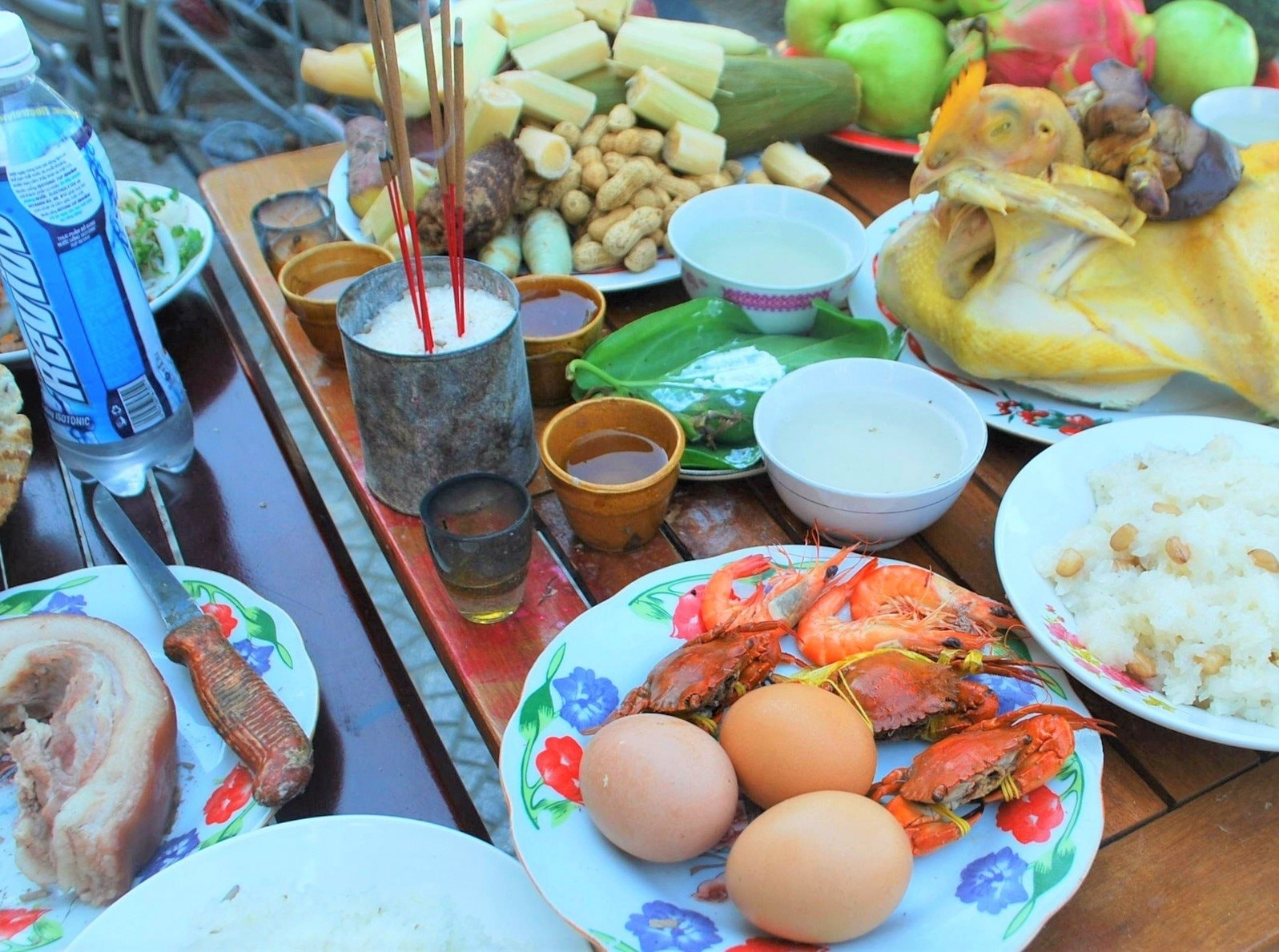
Interestingly, more than five centuries earlier, UNESCO's views on tolerance were expressed richly and vividly in Quang Nam, contributing to the formation of the cultural identity of a new land, not only possessing fertile plains, forests and mountains rich in forest products, and seaports, but also a solid springboard for the Southward expansion in the following centuries under the Nguyen Lords.
Unique custom of worshiping Ta Tho
The custom of offering land is one of the beautiful manifestations of the tolerant culture of Quang. Offering land means renting or leasing land. Offering land is offering to borrow land from the souls of previous residents who have contributed to reclaiming this land. People often call it offering land.
Researchers believe that worshiping the land is a unique phenomenon in the customs of the people of Quang. It is unique in the strange humble behavior of the victor toward the defeated opponent.
According to the book "Understanding the People of Quang Nam", the act of worshipping the land is "a kind of political subtlety, a political response that is both humane and strategic, and was formed early due to the difficult conditions of the need to stay on a land that is still hostile".
Author Ta Chi Dai Truong in "Gods, People and Vietnamese Land" commented: "The migrants have traveled far and wide, but they still know that in addition to "their own gods" - which sometimes are not many - there are also many "gods of others" so they must find ways to behave in accordance with reality, whether in the position of the victor or on the winning side."
Keep the name of Cham village
The Vietnamese-Cham harmony consciousness is still evident here and there in the activities of cohabitation and intercropping. In Quang region, villages of Vietnamese migrants were formed and developed on top of old ruins, but the village names still retain the Cham mark, such as: Tra Que, Tra Nhieu, Tra Doa, Tra No, Tra Kieu, Da Ly, Da Son, Da Ban, Ca Tang, Ca Cho, Chiem Son, Chiem Bat Lao (Cu Lao Cham)...
According to researcher Ho Trung Tu, “after 1471, the “leopard skin” model of Cham-Vietnamese villages was an undeniable fact… We see that, until 1500, the Vietnamese people in Quang Nam were still not the majority. They were a small number living next to Cham villages and “adopted” many of the customs, beliefs, and cultures of the indigenous Cham people.”
Despite having more power, in agricultural production, the Vietnamese still respect the principle: Each person who cultivates the field has his own name. For example, in the old South Quang Nam area, in the fields of Phu Hung, Truong Xuan, Phu Xuan, Chien Dan, besides purely Vietnamese names such as Dong De land, Dong Luoi, Cay Coc field, Cay Sanh, Cay Thi... there are also place names of Cham origin such as Ma Nga land, Ba Mong, Tra Phe, Tra Ne, Tra Be, Ma Vang, Tra Choa...
The cooperation in labor and co-habitation led to the cultural exchange between Vietnam and Cham. According to the late Doctor of History Huynh Cong Ba, “traces of that cultural exchange can be found in the production of “Champa rice”, in the irrigation techniques of digging wells to get water for irrigation, building “wind wheels” (i.e., spinning wheels) to bring water to the fields, in the production of ceramic bricks, weaving, and salt fields…”
What is the origin of the culture of tolerance in Quang?
This is a rather interesting and meaningful question. Perhaps its deep origin is from the long-standing cultural identity of the Vietnamese people: "Living uprightly but benevolently and harmoniously" (Huy Can), "Trampling the enemy down to the black soil/ Throwing away guns and swords, being as gentle as before" (Nguyen Dinh Thi), "Gourd, please love the squash/ Although different in species, we share the same vine" (folk song). That is also the result of the "open" cultural value: "Selling distant brothers, buying close neighbors" even though we know that: "A drop of blood is thicker than a pond of water".
It is thanks to this unique cultural beauty that the Vietnamese people adapted and remained firmly in the context of Quang - the new land. The relatively peaceful coexistence between Vietnamese migrants and the natives is one of the important factors creating political and social stability in Quang for a long time.
Nowadays, in the context of market economy and international integration, if we know how to harmoniously combine traditional cultural values of tolerance with the cultural content of tolerance of the new era (clearly expressed in the UNESCO Declaration on Principles (principles) of Tolerance in 1995), it will certainly create beauty in cultural behavior between people, in relations with the natural environment and contemporary living environment.
Source: https://baodanang.vn/van-hoa-khoan-dung-nhin-tu-xu-quang-3305460.html




![[Photo] Prime Minister Pham Minh Chinh chairs the Government's online conference with localities](https://vphoto.vietnam.vn/thumb/1200x675/vietnam/resource/IMAGE/2025/10/5/264793cfb4404c63a701d235ff43e1bd)


![[Photo] Prime Minister Pham Minh Chinh launched a peak emulation campaign to achieve achievements in celebration of the 14th National Party Congress](https://vphoto.vietnam.vn/thumb/1200x675/vietnam/resource/IMAGE/2025/10/5/8869ec5cdbc740f58fbf2ae73f065076)
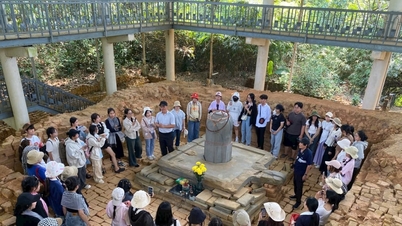

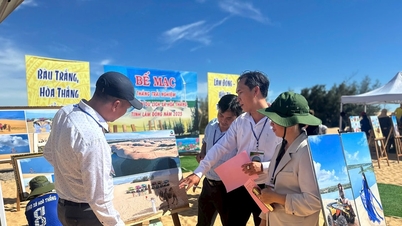
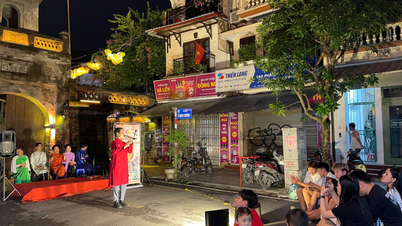

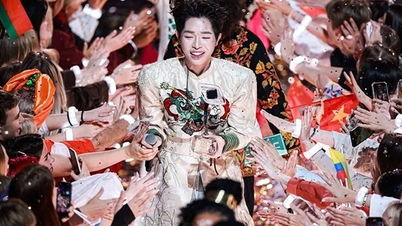

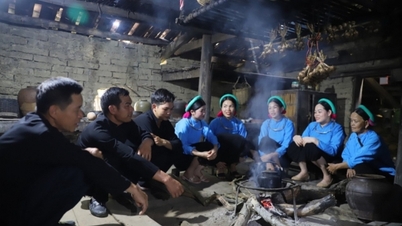

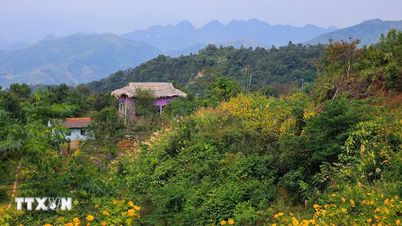



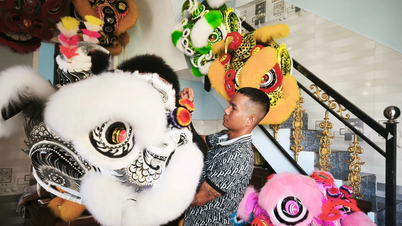


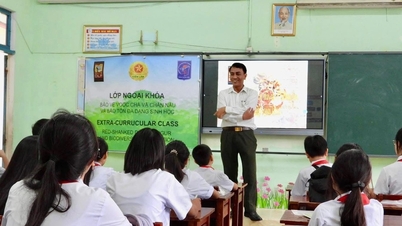
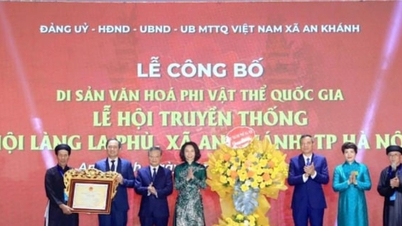

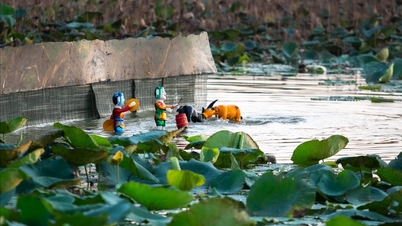





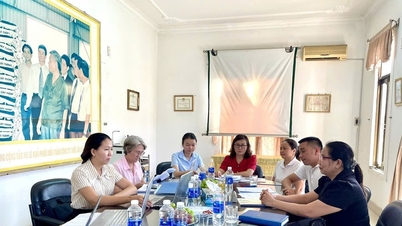
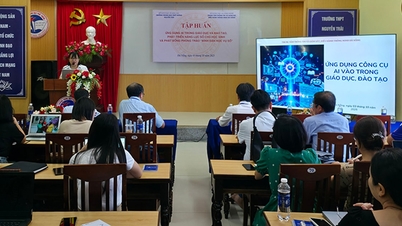
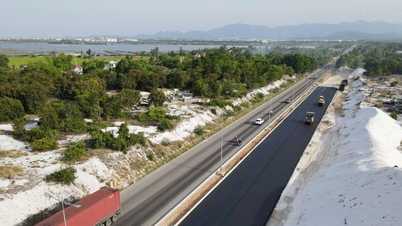
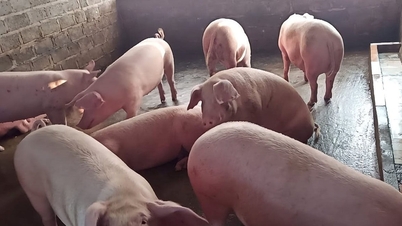
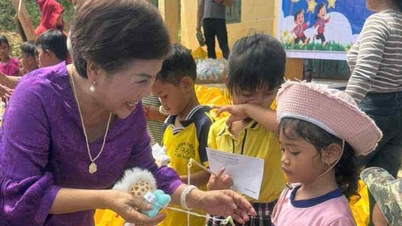
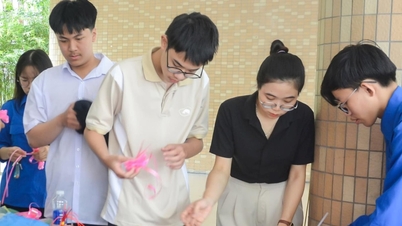




























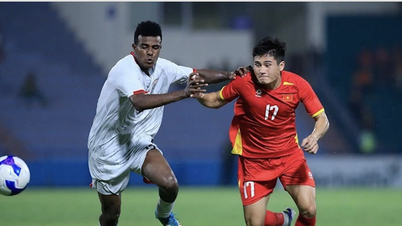
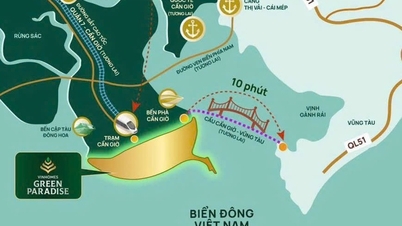

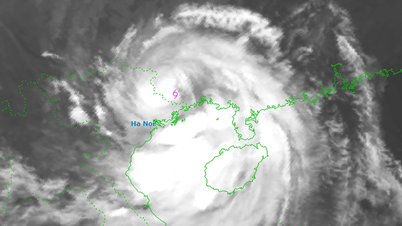
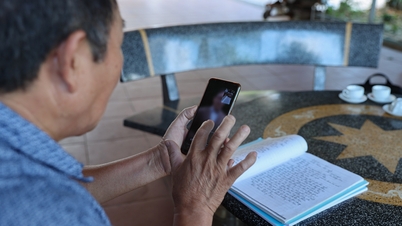
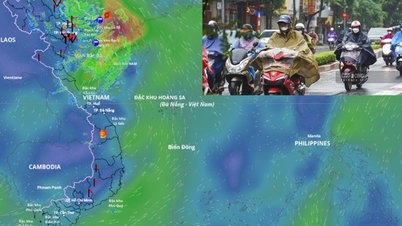


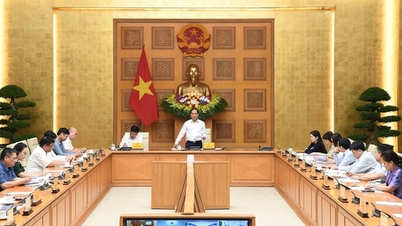

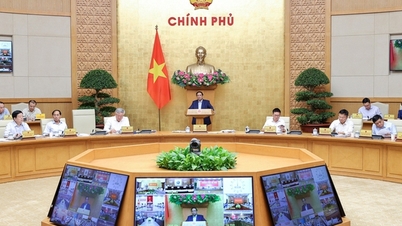
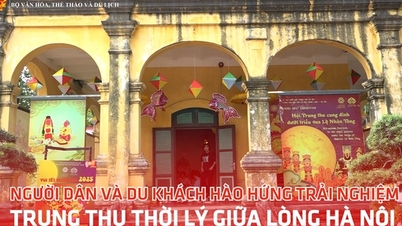



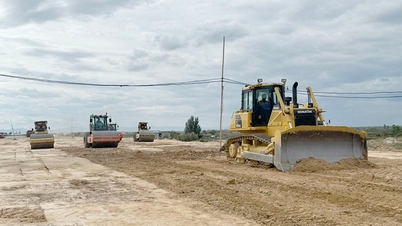

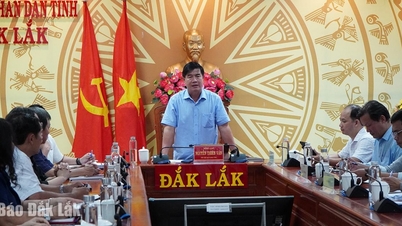
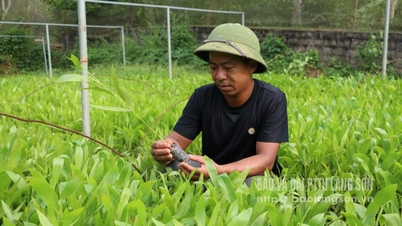

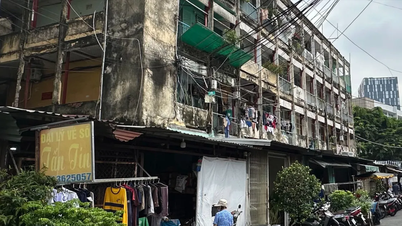
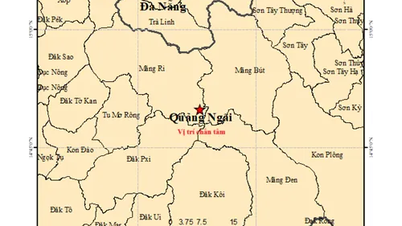












Comment (0)